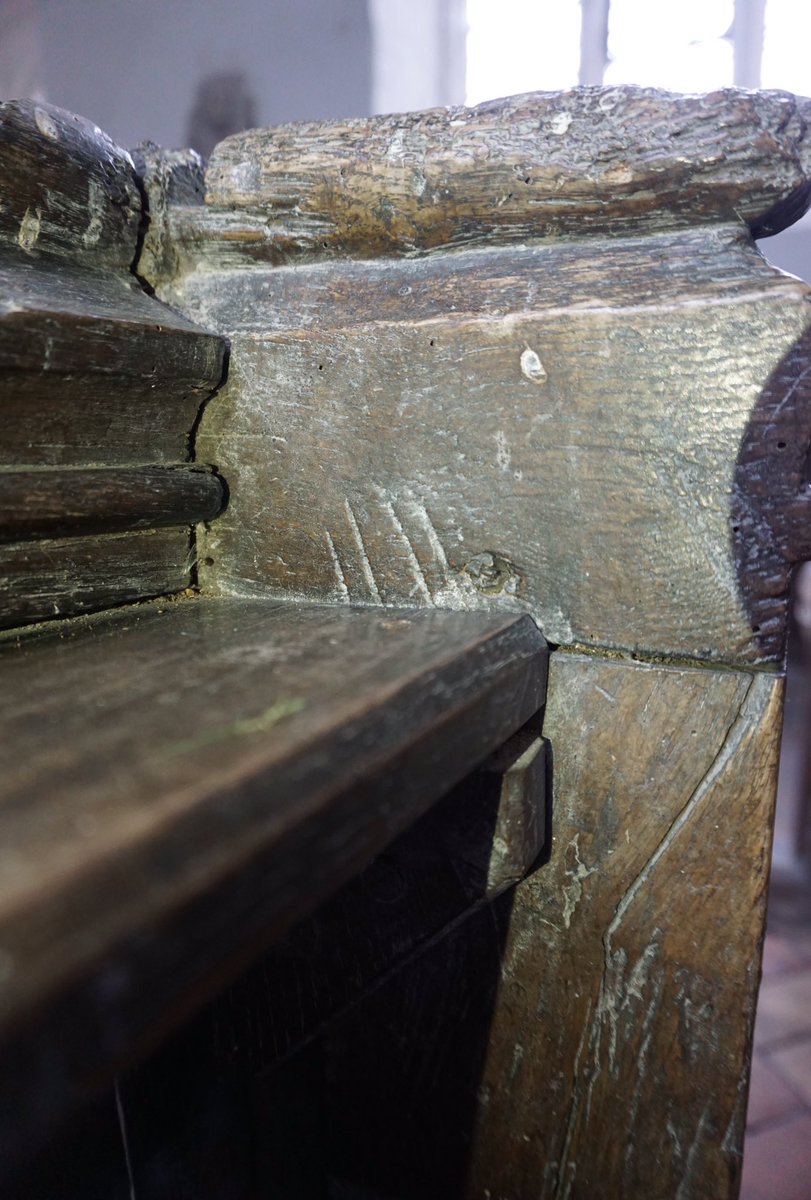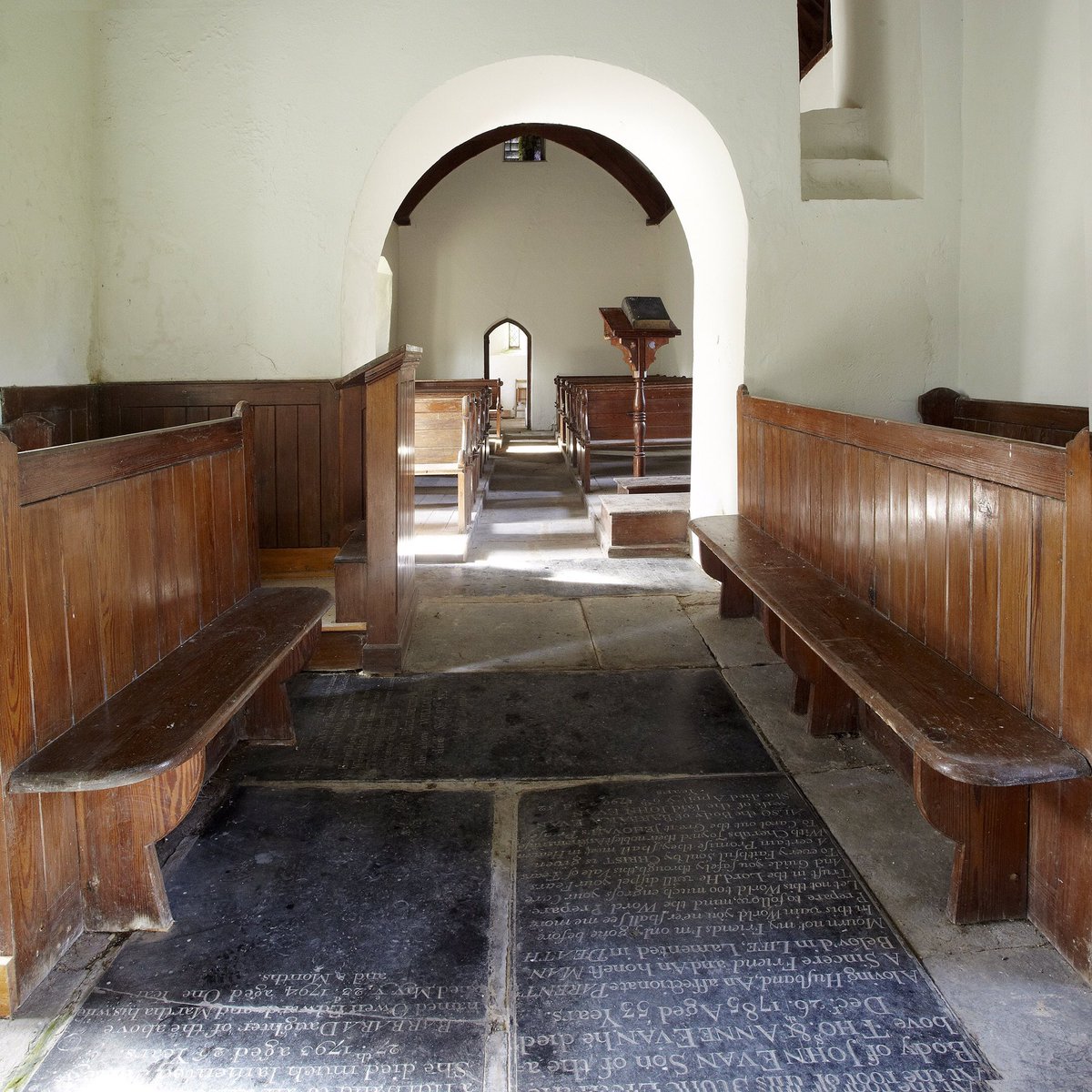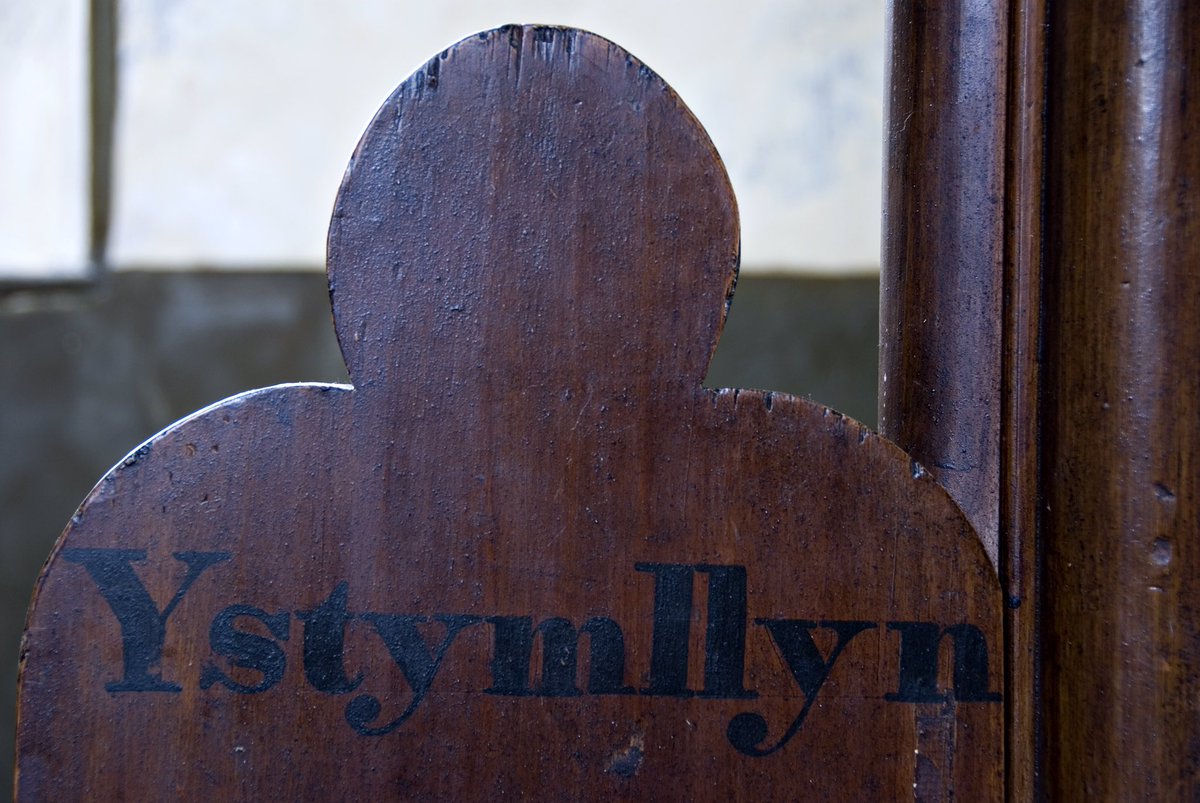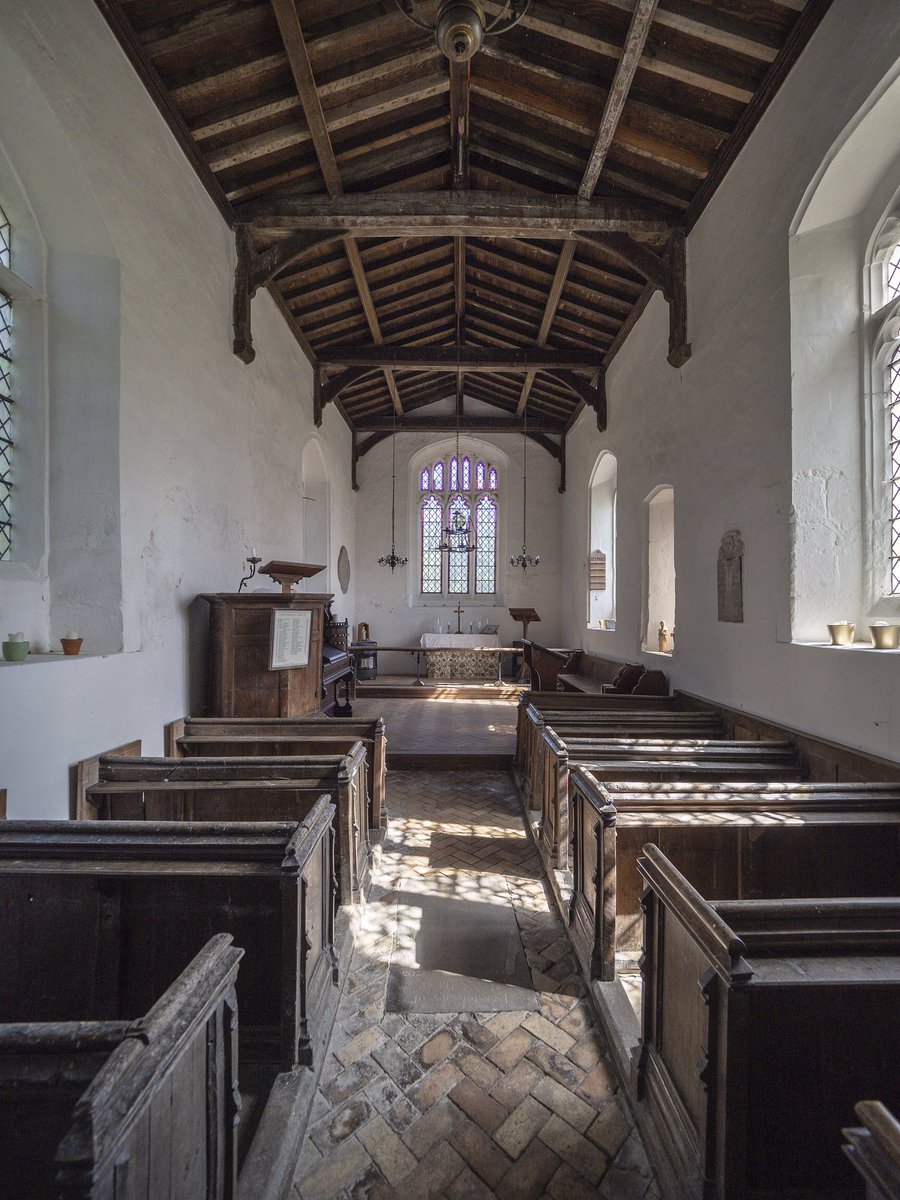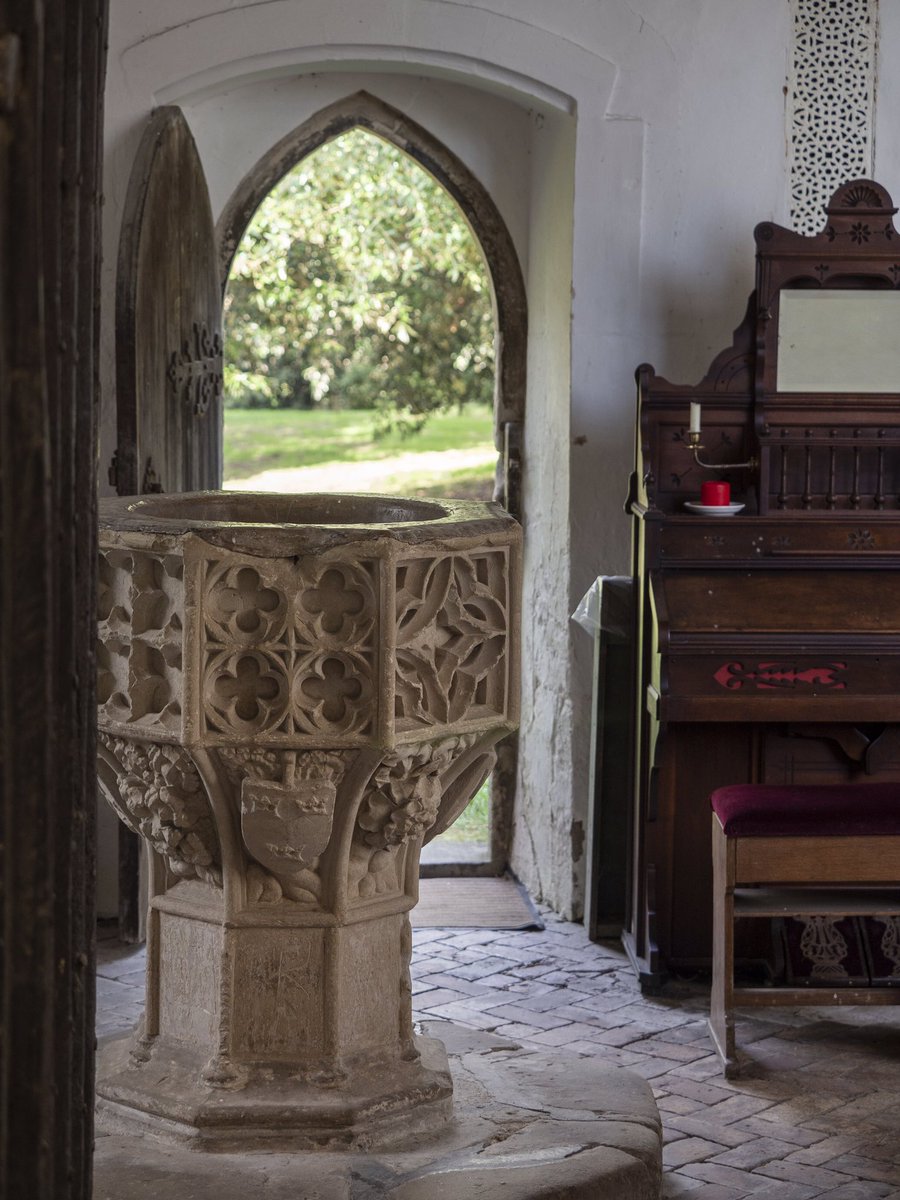
In the summer of 1985, a phenomenon struck Ireland.
Statues of saints were moving spontaneously.
In over thirty locations across the small island, holy statues swayed, prayed or wept.
Hundreds of thousands of people flocked to witness the miracle. 24hr vigils were kept.
#thread
Statues of saints were moving spontaneously.
In over thirty locations across the small island, holy statues swayed, prayed or wept.
Hundreds of thousands of people flocked to witness the miracle. 24hr vigils were kept.
#thread

Recently, a similar phenomenon seems to be striking our churches. Porches are getting restless, towers are getting twitchy, foundations are getting itchy feet. One way or another, our churches are on the move.
Though it’s less of a miracle and more of a nightmare…
2/
Though it’s less of a miracle and more of a nightmare…
2/

The tower at Papworth St Agnes church in Cambs has decided that it no longer wants to be attached to the nave and, in its desperate bid for independence, has started to wrench some of the nave masonry with it. It has split open the window, cracked the cill, torn the tiles…
3/
3/
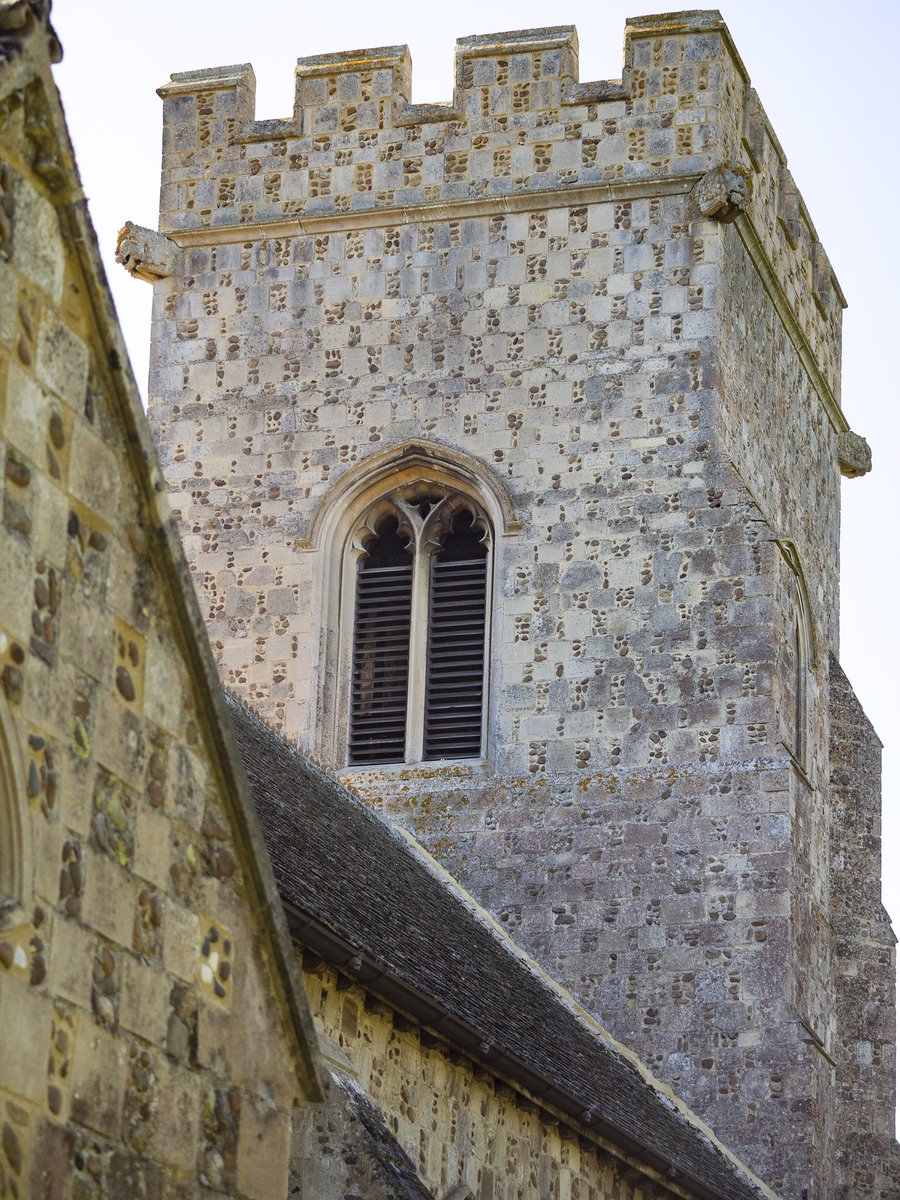
Papworth sits on clay soil. The volume of clay can change considerably with moisture content. It’s known as ‘shrink-swell’: when wet, the clay swells, when dry it shrinks. As the clay shrinks and swells, the building moves. Weather and tree roots are the main causes for this.
4/
4/

We undertook significant repairs in 2017, but the church doesn’t want to sit still. The cracking has been swift and severe. Extreme weather events – which are becoming more frequent – don’t help maintain a stable clay substrate.
5/
5/

This week, we return to start a new round of repairs: carefully stitching the nave and tower back together, filling the cracks, and laying a new, robust drainage system to channel water as far away from the building as possible.
6/
6/

The work will take about 12 weeks, and will hopefully help us to manage the movement at Papworth St Agnes church.
Read more about this sweet chequerboard church: friendsoffriendlesschurches.org.uk/papworth-st-ag…
7/
Read more about this sweet chequerboard church: friendsoffriendlesschurches.org.uk/papworth-st-ag…
7/
Special thanks to @badger_beard for photos 1-4, and @digupancestors for 5 and 6. 📸
• • •
Missing some Tweet in this thread? You can try to
force a refresh







